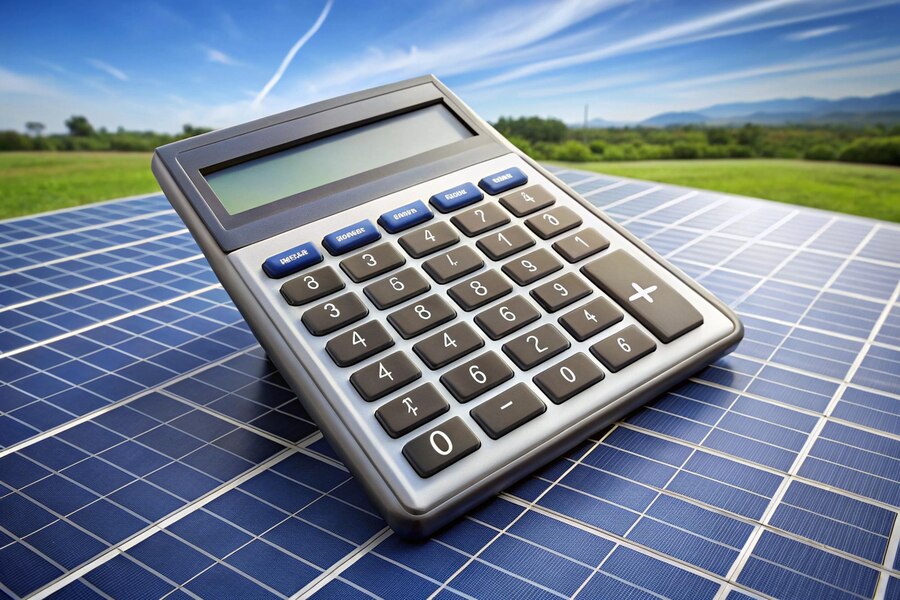Solar energy is becoming more popular. Many homes now have solar panels, which help them save money on electricity. But did you know that solar feed-in tariffs can also lower your electricity bill? In this post, I’ll explain how these tariffs work and how they affect your bill each month.
What Is a Solar Feed-In Tariff?
A solar feed-in tariff is a payment you get for sending extra solar power back to the grid. When your solar panels make more electricity than your home uses, the extra power doesn’t go to waste. Instead, it goes into the grid, and your electricity provider pays you for it. This helps lower your electricity costs over time.
For example, I was able to save a lot on my bill by using solar panels. I also looked into best solar deals to make sure I was getting the most out of my panels. Comparing deals like these can help you find the best rates for your extra power.

How Does a Solar Feed-In Tariff Lower Your Bill?
The more power your panels make, the more money you can earn from the feed-in tariff. This money is taken off your electricity bill. Over time, the savings can really add up. On sunny days, your panels might produce more power than you need. That extra power gets sent to the grid, and you get paid. It’s like making your own electricity and getting a reward for sharing it!
I noticed a big difference in my bill once I started getting payments for my extra power. The feed-in tariff reduced my bill each month. Plus, when I combined it with an electricity rebate qld, my savings got even bigger. It’s a smart way to cut down costs.
How to Get the Most from Your Feed-In Tariff
There are a few ways to make sure you’re getting the most from your solar feed-in tariff. Here’s what worked for me:
- Compare rates: Different providers offer different rates for feed-in tariffs. I made sure to compare deals to find the best one for my home.
- Use less energy: The less energy you use during the day, the more power you send back to the grid. This means bigger payments on your bill.
- Store power: Some homes use batteries to store extra solar power. You can use that power later, instead of sending it back to the grid. But, if you want to save money right now, it’s better to send it to the grid for payment.
What Affects the Value of a Solar Feed-In Tariff?
Feed-in tariffs are not the same everywhere. The amount you get paid depends on a few things. First, the location of your home can change the rate. Some states offer higher payments than others. The size of your solar system also matters. Bigger systems produce more power, which means more money back.
I found out that rates can change depending on the time of day. Some providers pay more if you send power to the grid when people use a lot of electricity, like in the evening. This is called “time-of-use” pricing. If your provider offers this, it’s worth looking into. You might be able to earn more money just by adjusting when you use your energy.
How Solar Panels Pay for Themselves
When I first got solar panels, I thought it would take a long time to see any real savings. But with a good feed-in tariff, I started saving almost right away. After a few years, the panels paid for themselves with the money I saved on my bill. And now, they’re still helping me save!
The key is to be patient. At first, it might seem like your savings are small. But over time, as the feed-in tariff adds up, you’ll see a big drop in your electricity bill. And if you live in a sunny area, the savings are even better.

Is a Solar Feed-In Tariff Worth It?
If you’re thinking about installing solar panels, a feed-in tariff can make a big difference. It’s one of the best ways to lower your bill while also helping the environment. Not only do you save on the electricity you use, but you also get paid for the extra power your home produces.
For me, the feed-in tariff was definitely worth it. It allowed me to cut down my bill and even get money back in some months. It feels good knowing that I’m also doing something positive for the planet. Plus, once I learned about the different rates and offers, I was able to maximize my savings even more.
Solar Feed-In Tariff Myths
There are a few myths about solar feed-in tariffs that I want to clear up. Some people think they won’t save much money, but that’s not true. With the right provider and a good solar setup, you can save a lot. Others believe that only big homes can benefit from solar power. But even small homes can see big savings with the right system in place.
Key Takeaways:
- A solar feed-in tariff pays you for extra power your panels produce.
- You can lower your bill by comparing providers and using less energy during peak times.
- Over time, solar panels and a feed-in tariff can pay for themselves.
In conclusion, if you have solar panels or are thinking about getting them, a feed-in tariff is a great way to save money. You’ll see a difference in your bill and help the planet at the same time. Be sure to compare rates and rebates to make the most out of your solar power!
